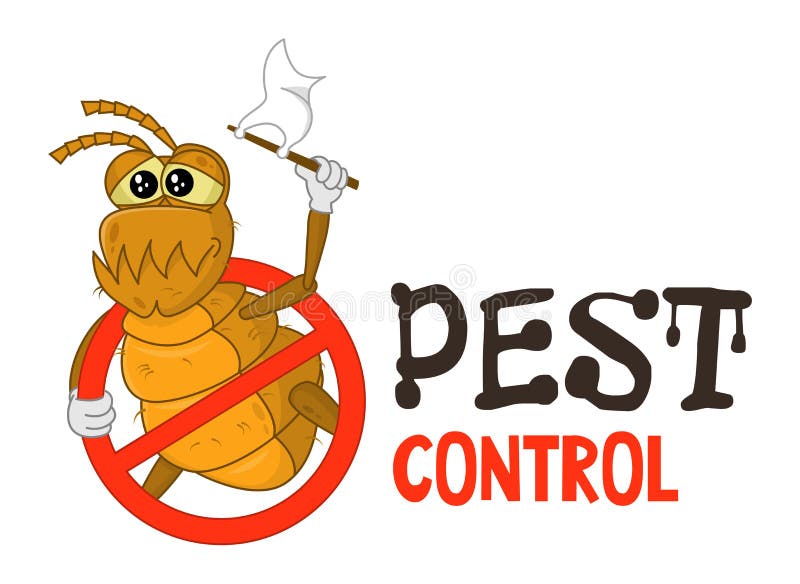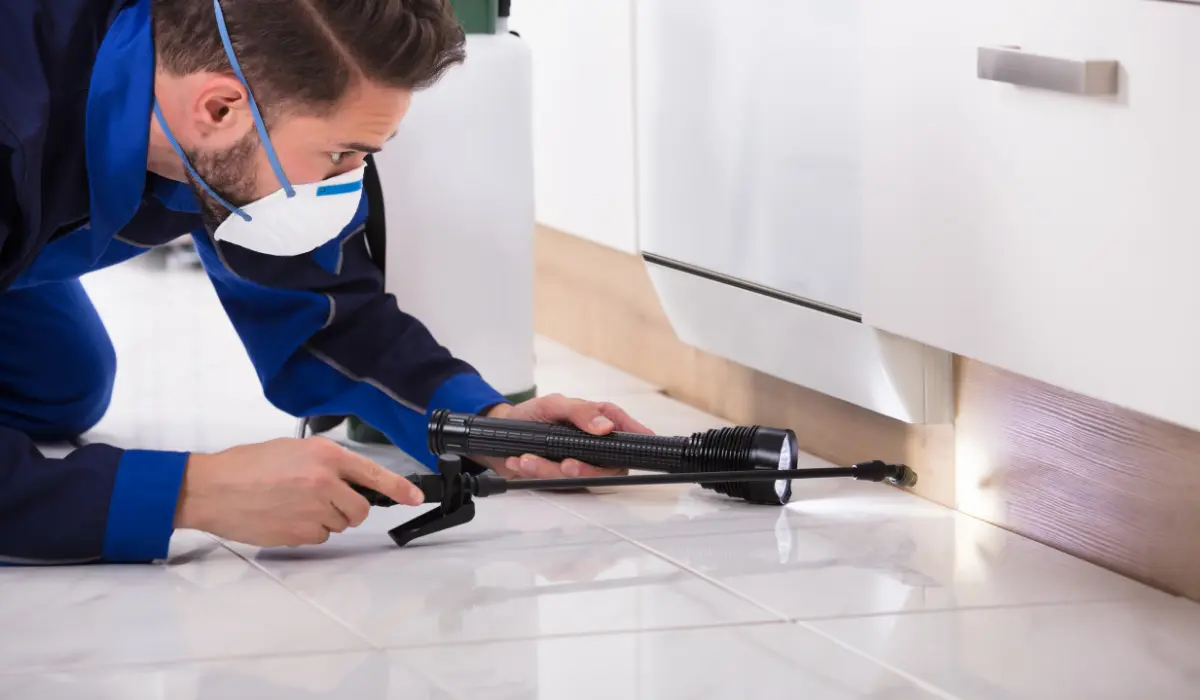Safe and Trustworthy Parasite Control for Lasting Protection
Efficient pest monitoring needs a multifaceted strategy that stabilizes eco-friendly stability with the requirement for reliable bug reductions. The nuances of these methods may not be promptly clear, prompting a more detailed evaluation of the methods that can lead to sustainable bug control results.
Recognizing Insect Control Approaches
Insect control includes a selection of methods intended at handling and eliminating undesirable insects and rodents that can threaten both health and wellness and residential property. Understanding these techniques is critical for reliable bug management.
The main classifications of parasite control methods consist of mechanical, organic, and chemical approaches. Mechanical methods include physical obstacles and catches to prevent insect entrance and capture undesirable varieties. As an example, using screens on windows or utilizing sticky catches can dramatically minimize insect populations without presenting dangerous compounds.

Chemical pest control is typically one of the most acknowledged method, using pesticides to eliminate parasites. These chemicals can be reliable however should be used with care to avoid damaging impacts on non-target species and the environment.
Advantages of Eco-Friendly Solutions
Exactly how can green options transform pest control methods? The adoption of eco-friendly pest control approaches provides numerous advantages, considerably boosting the efficiency and safety and security of parasite administration (exterminator coquitlam). Firstly, these options utilize all-natural ingredients, reducing the reliance on unsafe chemicals that can position risks to human health and the atmosphere. This shift not just protects animals and family members but likewise minimizes the capacity for soil and water contamination.

Another advantage is the positive effect on neighborhood biodiversity. Environment-friendly remedies are made to target details insects while protecting helpful bugs and wildlife, promoting a balanced environment. This technique aligns with the growing customer need for lasting methods, enhancing the reputation of pest control companies.
Integrated Insect Management Techniques
The implementation of eco-friendly remedies normally leads to the fostering of Integrated Bug Management (IPM) techniques, which further improve insect control efficacy. IPM is an alternative strategy that incorporates multiple techniques to handle pest populations while reducing environmental impact. This method highlights making use of organic, cultural, mechanical, and chemical controls, guaranteeing a balanced and lasting technique of insect management.
One basic element of IPM is the comprehensive analysis of insect task and environmental conditions. By monitoring bug populations and determining their life process, specialists can carry out targeted treatments that disrupt the bug's environment or lifecycle, decreasing dependence on chemical pesticides. Additionally, cultural techniques such as crop turning and habitat control can dramatically lessen insect facility and reproduction.
An additional crucial element is making use of biological control agents, such as useful pests or microbes, which can naturally reduce bug populaces. When chemical applications are necessary, IPM prioritizes the use of low-risk chemicals and applies them uniquely, decreasing exposure to non-target organisms website here and humans.
Integrating IPM methods not just enhances insect control effectiveness yet likewise advertises a safer ecological community, straightening with the expanding need for lasting techniques in insect administration.
Safe Practices for Home Owners
Recognizing the relevance of risk-free methods in bug control can encourage house owners to properly take care of parasite concerns while guarding their health and wellness and the atmosphere. Applying precautionary procedures and safe methods is important in decreasing direct exposure to dangerous chemicals.
Home owners must initially examine their environment for problems that attract bugs, such as standing water, clutter, and food waste. Regularly cleansing and sealing access points can hinder insects from attacking the home. Using all-natural deterrents, such as vital oils or diatomaceous planet, can supply effective options to chemical pesticides.
When chemical therapies are required, home owners ought to decide for items that are especially identified as risk-free for domestic use. It is necessary to comply with application guidelines thoroughly to avoid overexposure. Utilizing targeted treatments in locations where bugs are recognized, instead than covering spraying, can substantially lower chemical usage.
Finally, maintaining open interaction with parasite control professionals is crucial. House owners need to ask about the security of items made use of and demand eco-friendly options whenever possible. By embracing these risk-free techniques, homeowners can create a healthier living environment while efficiently managing parasite concerns.

Tips for Long-Term Protection
Establishing an insect management technique that stresses lasting defense visit this page can considerably boost the effectiveness of the safe techniques formerly gone over. To accomplish this, property owners ought to execute regular assessments of their building, concentrating on hidden areas such as attic rooms, cellars, and crawl areas. Early detection of parasite activity is crucial in preventing problems from taking hold.
Additionally, keeping a clean environment is essential. This includes correct food storage space, quickly cleaning spills, and routinely disposing of garbage. These techniques decrease attractants that draw bugs into the home. Sealing entry factors, such as cracks around doors and windows, can successfully block prospective pest gain access to.
Landscaping must additionally be considered; maintaining plants cut and maintaining a range in between vegetation and the home reduces concealing spots for parasites. Making use of all-natural deterrents, such as essential oils or diatomaceous planet, can better discourage invasions without resorting to rough chemicals.
Lastly, working together with an expert bug control find this solution for routine evaluations can supply an extra layer of safety. These specialists can supply tailored recommendations and advanced treatments, guaranteeing that your home stays protected against insects in the long-term.
Final Thought
Finally, trustworthy and secure bug control calls for a diverse method that stresses environmentally friendly approaches and integrated bug management. By applying natural deterrents, carrying out normal evaluations, and maintaining correct sanitation, homeowner can substantially lower pest populaces while safeguarding valuable pests and the environment. Partnership with expert pest control solutions improves the performance of these techniques, ensuring tailored options that give enduring security and satisfaction versus future infestations.
Effective pest monitoring calls for a diverse method that stabilizes ecological stability with the requirement for reliable pest suppression. The fostering of green parasite control techniques offers countless benefits, considerably enhancing the efficiency and safety of bug management.The implementation of green services normally leads to the adoption of Integrated Bug Administration (IPM) strategies, which even more boost pest control effectiveness. exterminator coquitlam. By keeping an eye on pest populations and recognizing their life cycles, practitioners can carry out targeted treatments that disrupt the pest's environment or lifecycle, lowering reliance on chemical pesticides.In final thought, trusted and risk-free bug control calls for a multifaceted strategy that highlights green methods and integrated bug monitoring